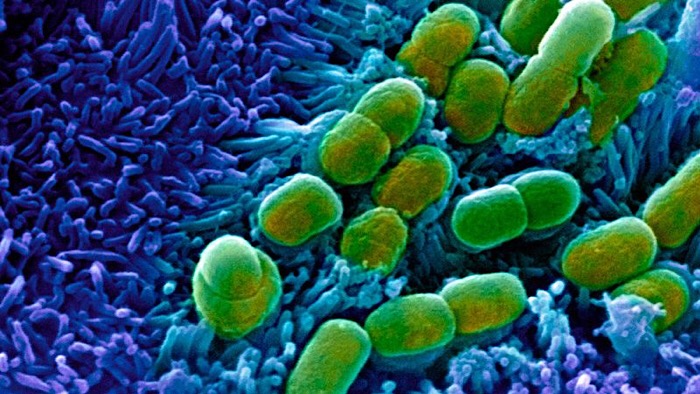“Immunotherapy is the biggest breakthrough in medicine in our generation”: Associate Professor Alex Menzies from Melanoma Institute Australia.
If there is reason to have faith in the scientists, immunologists, virologists and oncologists racing to develop a vaccine for coronavirus, it is the stunning progress they are having in reducing deaths from what is called “Australia’s cancer”.
A decade ago, a diagnosis of advanced or stage four melanoma was effectively a death sentence within six to nine months.
But a leading medical oncologist, Associate Professor Alex Menzies from Melanoma Institute Australia, believes immunotherapy treatments – using the body’s immune system to attack the cancer cells – mean 50 per cent of these patients are surviving long enough to be considered cured.
Continue reading… “Potentially the biggest medical breakthrough since penicillin”












